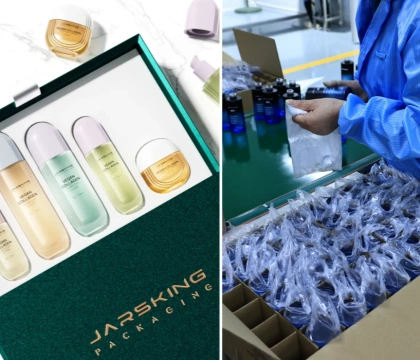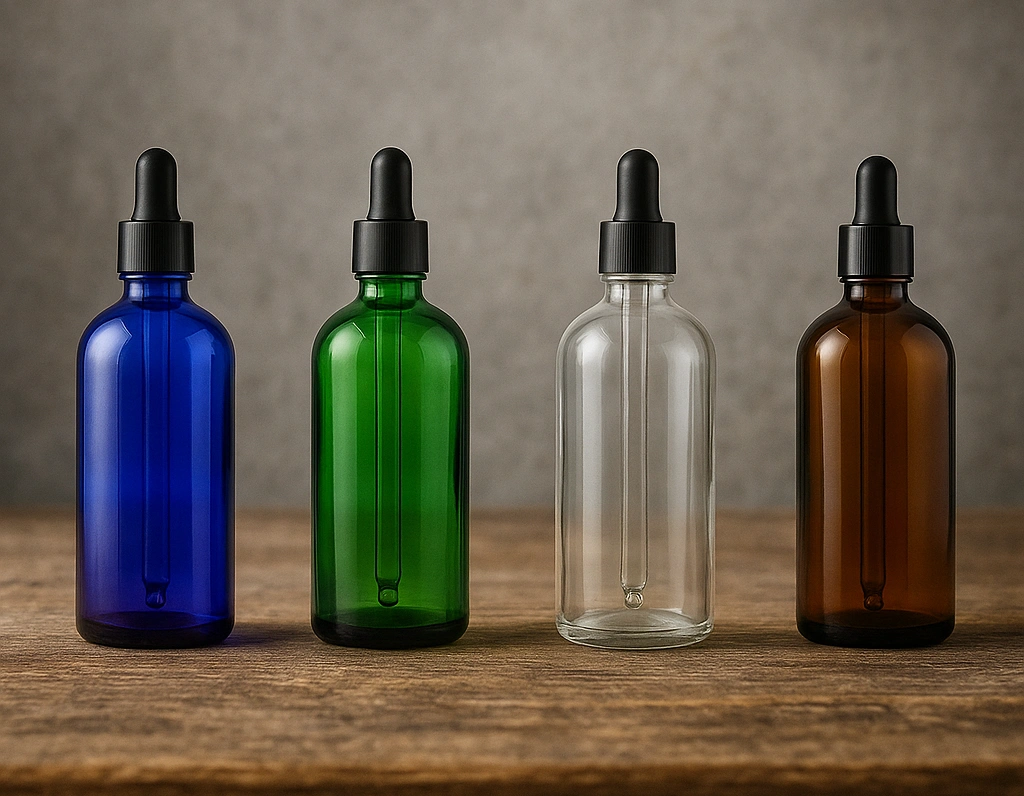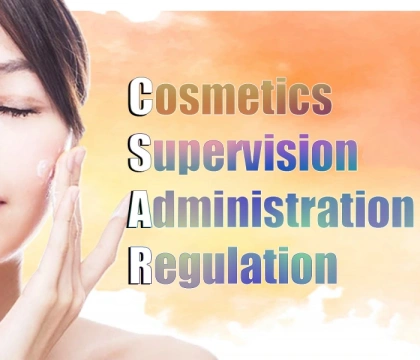The cosmetics industry has undergone a remarkable transformation in recent years, with the convergence of skincare and makeup representing one of the most significant shifts in beauty product development. This evolution reflects changing consumer preferences, technological advancements, and a growing understanding of skin health that has fundamentally altered how we approach beauty routines. The emergence of skincare-makeup hybrids represents more than just a trend—it signals a permanent shift toward multifunctional products that deliver both aesthetic enhancement and therapeutic benefits.
The modern beauty landscape has moved beyond the traditional binary of skincare versus makeup, embracing a holistic approach where products serve dual purposes. This transformation has been driven by consumers who increasingly demand efficiency, authenticity, and skin-positive formulations from their beauty products. The rise of “skinimalism” and the clean beauty movement have further accelerated this convergence, creating a market where the lines between treatment and enhancement have become beautifully blurred.
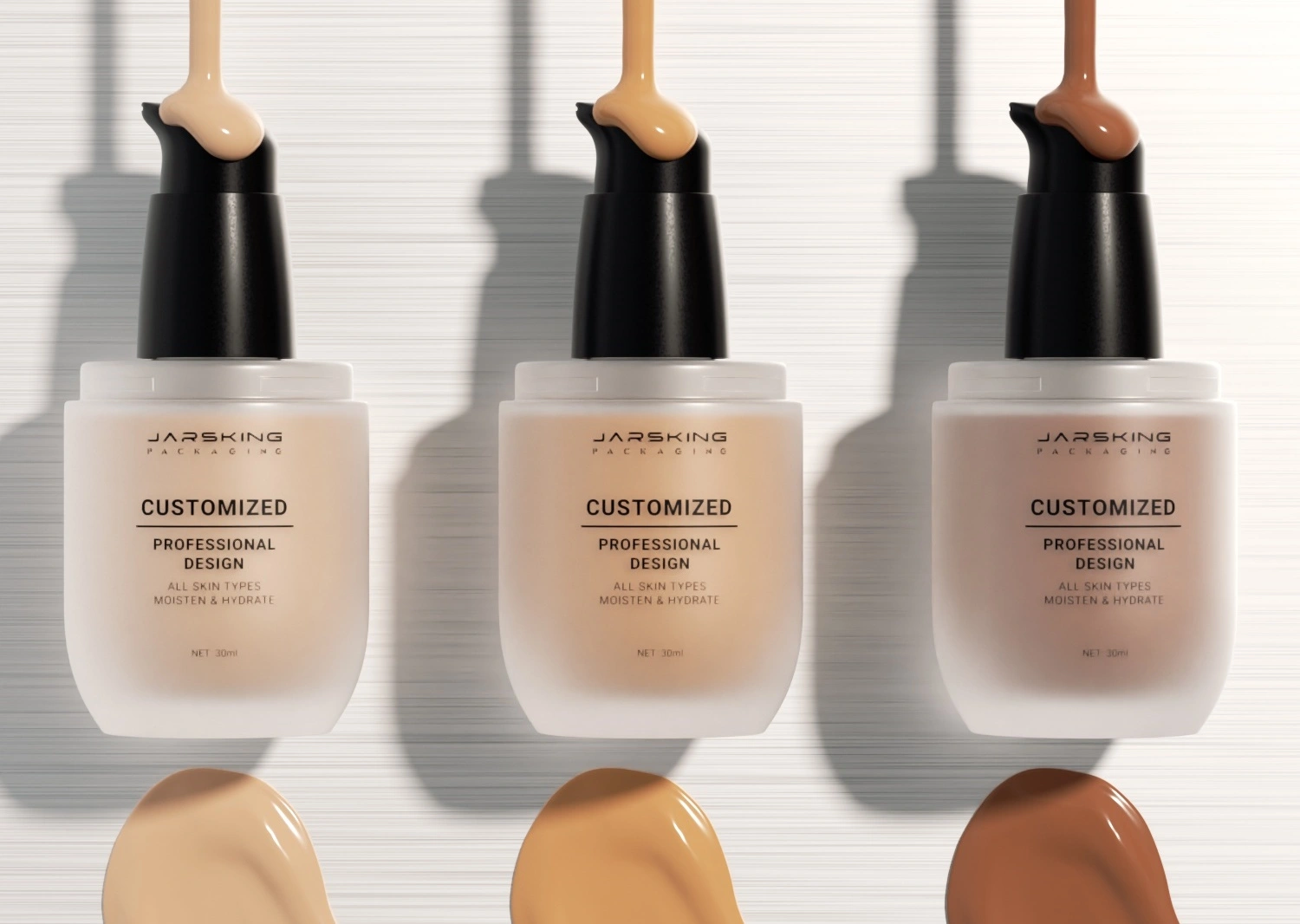
The Evolution of Beauty Categories
Historically, the beauty industry maintained clear distinctions between skincare and makeup. Skincare products focused primarily on skin health, addressing concerns like hydration, anti-aging, and protection through scientifically-backed formulations. Meanwhile, makeup served aesthetic purposes, providing color, coverage, and enhancement without necessarily considering long-term skin benefits. This separation created routines that often required numerous products, each serving a specific function within a complex beauty regimen.
However, the cosmetics industry has experienced significant transformation due to technological advancement and modernity, leading to notable growth in both makeup and skincare segments. The traditional approach of layering multiple products has given way to streamlined routines that prioritize efficiency without compromising results. This shift has been particularly pronounced as consumers have become more ingredient-conscious and time-pressed, seeking products that can deliver multiple benefits in a single application.
The transformation has been further accelerated by changing demographics and lifestyle factors. Initially dominated by women, the industry has seen an increasing number of men recognizing the importance of skincare, resulting in innovative products tailored for male consumers. This expansion of the consumer base has driven brands to develop more inclusive formulations that cater to diverse skin needs while maintaining broad appeal.
The Science Behind Hybrid Formulations
The development of effective skincare-makeup hybrids requires sophisticated formulation science that can successfully combine aesthetic and therapeutic benefits. The modern lifestyle can be demanding, leaving little time for self-care, yet it remains crucial to prioritize skincare, including proper care despite hectic schedules. This reality has pushed formulators to create products that maximize efficacy while minimizing the number of steps required in daily routines.
Key to these formulations is the incorporation of active ingredients that can deliver genuine skin benefits while maintaining the performance characteristics expected from makeup products. Hyaluronic acid has emerged as a cornerstone ingredient, providing hydration and plumping effects that benefit both skin health and aesthetic appearance. The importance of incorporating hyaluronic acid as a cosmetic ingredient in skincare formulations has become increasingly recognized because the amount naturally found in the epidermis decreases with age, and when applied through cosmetic products, it confers hydration and reduces the appearance of wrinkles.
The challenge lies in creating stable formulations where active ingredients maintain their potency while coexisting with pigments, emulsifiers, and other cosmetic components. Recent advances in microencapsulation technology have enabled the delivery of sensitive actives in makeup formulations, allowing for time-release benefits that continue throughout the day. This technological breakthrough has made it possible to create products that truly function as both skincare and makeup, rather than simply makeup with added skincare ingredients.
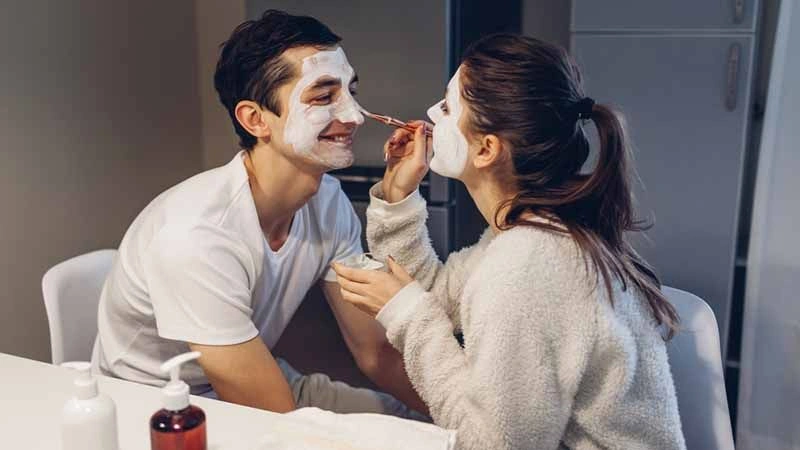
The Role of Technology in Product Development
Artificial intelligence has revolutionized the beauty industry in recent years, being used in different aspects including skincare, makeup, and haircare. AI applications in beauty include virtual try-on, personalized recommendations, and predictive analysis, all of which have contributed to the development of more sophisticated hybrid products. One of the major benefits of using AI in the beauty industry is that it can help provide more accurate and personalized recommendations to customers, with AI-powered skincare analysis helping identify specific skin concerns and suggesting products that address them.
The integration of AI technology has enabled brands to better understand consumer needs and preferences, leading to more targeted product development. Virtual try-on technology has become particularly valuable for hybrid products, allowing consumers to visualize both the aesthetic and potential skin benefits of products before purchase. This technological advancement has been crucial in building consumer confidence in hybrid formulations, which often require education about their dual benefits.
Augmented reality applications have rapidly spread across online retail platforms and social media, allowing consumers to virtually try-on a large variety of products, such as makeup. The development of real-time virtual try-on systems has become increasingly sophisticated, with new frameworks based on deep learning enabling users to build real-time inverse graphics encoders that learn to map a single example image into the parameter space of augmented reality rendering engines.
Market Dynamics and Consumer Behavior
The cosmetics market has demonstrated remarkable growth, with significant expansion in both traditional and emerging markets. In China, the cosmetics market has maintained a high growth rate, with the total value exceeding 1.8 trillion yuan in 2017, representing an increase of approximately 14.3%. The major share was occupied by skincare revenue of 1.06 trillion yuan, color cosmetics revenue of 450 billion yuan, and perfume revenue of 180 billion yuan.
This growth has been driven by changing consumer attitudes toward beauty and self-care. The consumer base continues to expand, with products hitting the market featuring new technologies and personalized beauty being implemented among younger generations. The outlook for the cosmetics market remains positive, supported by the release of overall domestic consumption potential and the application of new technologies in skincare.
The influence of social media and digital marketing has been particularly significant in promoting hybrid products. Effective advertising strategies have become crucial for brand introduction, with a marked shift from traditional media to social media platforms like Instagram and TikTok, where influencer marketing plays a vital role. Influencers significantly impact purchasing decisions, and engaging, viral content enhances brand visibility, making them powerful advocates for innovative product categories like skincare-makeup hybrids.
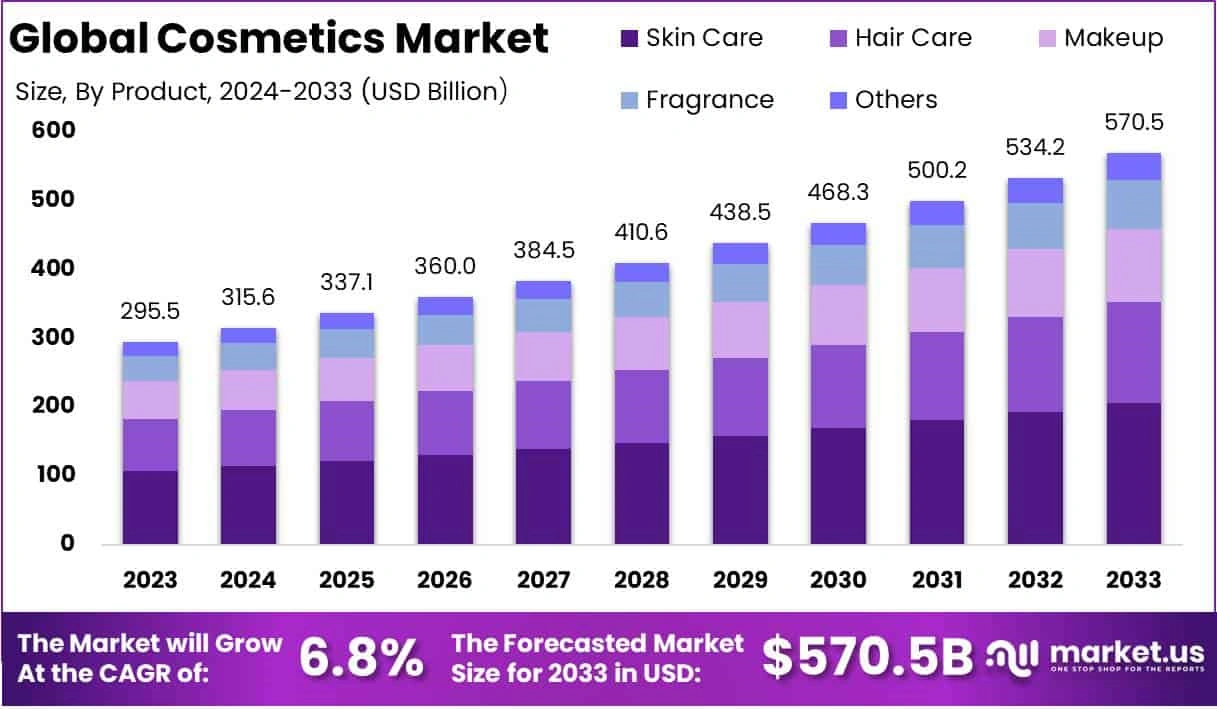
Current Market Leaders and Innovation
The skincare-makeup hybrid market has been pioneered by several innovative brands that have successfully captured consumer interest with their multifunctional approach. These brands have demonstrated that it’s possible to create products that deliver both aesthetic enhancement and genuine skin benefits without compromising on either front.
Today’s beauty consumers are incredibly intentional—they’re looking for formulas that enhance their natural features while actively improving their skin. The days of choosing between a beautiful finish and real skincare benefits are over—people want both, which is why hybrid formulas are thriving. This consumer demand has driven brands to invest heavily in research and development, creating products that can truly deliver on both fronts.
The success of these hybrid products has been evidenced by consumer response to launches from skincare-first brands venturing into color cosmetics. Brands like Glow Recipe, Rhode, Versed, and Cocokind have all debuted makeup staples with good-for-skin formulas that don’t skimp on performance. The consumer response has been overwhelming, with certain product launches creating significant market buzz and selling out quickly.
Formulation Challenges and Solutions
Creating effective skincare-makeup hybrids presents unique formulation challenges that require innovative solutions. The primary challenge lies in maintaining the stability and efficacy of active ingredients while ensuring optimal aesthetic performance. Removing makeup is considered the first step in the skincare process, and makeup that has served its purpose should ideally be removed completely to maximize the effects of skincare products applied afterwards.
The use of silicone resins has significantly improved the long-lasting property of makeup, but this has created challenges for both application and removal. Formulators have had to develop new approaches to create products that provide excellent wear while remaining compatible with skin health. The development of bicontinuous phase technology has emerged as one solution, creating systems that have both oil- and water-continuous microstructures, showing affinity for both aqueous and oily substances.
Another significant challenge is ensuring that hybrid products don’t compromise on either their skincare or makeup functions. Consumers expect these products to perform as well as dedicated skincare treatments and traditional makeup products. This has required advances in ingredient technology, including the development of new delivery systems and the optimization of ingredient combinations for maximum efficacy.
The Role of Natural and Sustainable Ingredients
The clean beauty movement has significantly influenced the development of skincare-makeup hybrids, with consumers increasingly seeking products that feature natural and sustainable ingredients. Interest in the health effects of plants has recently increased due to their safety and applicability in the formulation of pharmaceuticals and cosmetics. Long-known plant materials as well as newly discovered ones are increasingly being used in natural products of plant origin.
Plant extracts have emerged as particularly valuable ingredients in hybrid formulations, offering multiple benefits including moisturizing, anti-aging, and protective properties. The use of these natural ingredients aligns with consumer preferences for clean beauty products while providing genuine efficacy. The development of botanical extracts specifically for cosmetic applications has created new opportunities for creating effective hybrid products that meet consumer demand for natural ingredients.
The focus on sustainability has extended beyond ingredients to include packaging and manufacturing processes. Sustainable ingredients derived from plants, animals, microorganisms, cell cultures, and recycled materials/biomaterials have become increasingly important in cosmetic formulation. This emphasis on sustainability has driven innovation in ingredient sourcing and product development, creating opportunities for brands to differentiate themselves through their environmental commitments.

Case Study
Perfect Diary: Technology-Driven Market Transformation
Perfect Diary was once known more for splashy marketing than for product substance, a tactic that eventually eroded consumer trust in China’s fast-moving beauty scene. To regain credibility, the brand shifted its center of gravity from advertising to R & D and, in 2023, introduced Biolip Essence Lipstick—a three-in-one lipstick, serum, and overnight mask. The formula is built on two proprietary biotech platforms, Biolip™ and the next-gen Biotec™, which encapsulate a patented pomegranate-peptide complex that hydrates, nourishes, and even claims regenerative lip benefits without sacrificing color payoff or wear time.
Scientific partnerships with clinical institutes gave the line medical-grade validation, a major departure from Perfect Diary’s prior influencer-driven playbook. This commitment to hard science addressed a growing consumer appetite for makeup that actively improves skin health rather than merely masking flaws. The company also used micro-encapsulation and pH-balanced systems to keep actives stable alongside long-wear pigments—illustrating how serious formulation work is required when skincare and color meld.
Market reaction confirmed the pivot’s success: the lipstick shot to the top of multiple e-commerce bestseller lists and dominated social chatter, exceeding 13 million organic views on Xiaohongshu. By prioritizing technology, clinical proof, and multifunctionality, Perfect Diary repositioned itself as an innovation leader, proving that Chinese consumers reward brands that deliver substance over spectacle.
Mylk & Butter: Sustainability-Centered Beauty Innovation
Mylk & Butter approaches hybrid beauty from a different angle—sustainability first, technology second. The indie brand aims to shrink both bathroom clutter and environmental impact by formulating each product to do the job of two or three separate items. Its Hydrating Tinted Cheek & Lip Crème replaces lipstick and blush, Le Sensuelle Body Oil doubles as moisturizer and natural perfume, and Lumiére Face Elixir functions as primer, serum, and moisturizer in one. All formulas are 99 percent organic and handcrafted with superfood oils such as moringa, tamanu, and blueberry seed to supply antioxidants, fatty acids, and gentle aromatics.
Beyond ingredients, the company bakes eco-design into every stage: fewer SKUs mean less packaging, reduced raw-material extraction, and lower shipping emissions. Minimalistic, recyclable containers back up that promise, while strict ethical-sourcing guidelines ensure raw botanicals come from fair-labor, low-impact farms. These choices earned Mylk & Butter a noted Sustainability Award and positioned the brand as a role model for circular-economy beauty.
Consumers respond to this holistic value proposition because it solves practical pain points—saving money, time, and vanity-counter space—while also addressing the moral imperative to reduce waste. Equally important, the products still deliver professional-grade performance: pigments are blendable, oils are fast-absorbing, and primers leave a silky finish that anchors makeup. By merging eco-ethics with undeniable efficacy, Mylk & Butter proves that “clean and green” can coexist with multifunctional glamour, carving out loyal followings among ingredient-savvy, sustainability-driven shoppers.
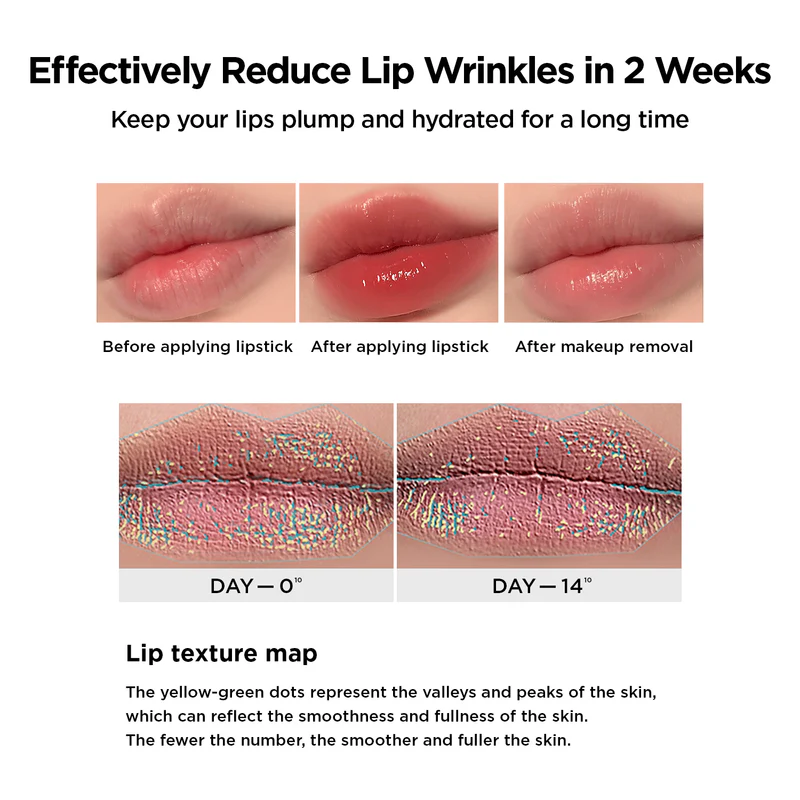
Consumer Education and Adoption
The success of skincare-makeup hybrids depends heavily on consumer education and understanding of their benefits. Many consumers are still learning about the concept of hybrid products and how to incorporate them into their routines effectively. Relying solely on best-seller products or in-store recommendations may not always be effective in determining compatibility between a skincare product and an individual’s skin condition, as everyone’s skin tone and type is unique, with varying sensitivities, concerns, and needs.
The challenge of online purchasing has made consumer education even more critical. Choosing the best skincare product during online purchasing can be difficult, since it depends entirely on skin type and usage. This has led to the development of more sophisticated recommendation systems and educational content that helps consumers understand how to select and use hybrid products effectively.
Brands have responded to this challenge by investing in consumer education initiatives, including detailed product information, usage tutorials, and personalized consultation services. The goal is to help consumers understand not just what these products are, but how to use them effectively to achieve their desired results.
Global and Cultural Perspectives on Skincare-Makeup Hybrids
The skincare-makeup hybrid market varies dramatically across different regions, shaped by cultural beauty ideals, environmental factors, regulatory frameworks, and local innovation ecosystems. Understanding these regional differences is crucial for brands looking to expand globally and consumers seeking to understand how cultural contexts influence product development.
Regional Market Differences
Cultural Beauty Standards
- East Asian Markets: The “Glass Skin” Philosophy
In South Korea, Japan, and China, the pursuit of “glass skin” – clear, luminous, poreless-looking skin – has made hybrid products particularly appealing. Korean beauty culture emphasizes skincare as the foundation of beauty, making consumers naturally receptive to makeup that also treats the skin. The cultural preference for subtle, natural-looking enhancement aligns perfectly with hybrid formulations that improve skin appearance while providing gentle coverage.
Japanese consumers have long embraced the concept of “sappari” (refreshing, clean feeling) in beauty products, leading to innovations in lightweight hybrid formulations that don’t feel heavy or occlusive. The Japanese market has pioneered water-based hybrid foundations that provide coverage while maintaining the skin’s natural texture and breathability.
Chinese consumers, particularly in urban areas, increasingly value efficiency and multifunctionality, driving demand for hybrid products that can streamline morning routines. The cultural emphasis on harmony and balance translates into preferences for products that balance aesthetics with skin health benefits.
- Western Markets: Individual Expression and Convenience
In the United States and Europe, hybrid products align with the growing “no-makeup makeup” trend and the desire for authentic, effortless beauty. American consumers particularly value time-saving products that fit busy lifestyles, while European consumers often prioritize natural ingredients and sustainable formulations in their hybrid product choices.
The Western emphasis on individual expression has led to hybrid products with more diverse shade ranges and customizable coverage levels, allowing consumers to achieve their desired look while maintaining skin health benefits.
- Middle Eastern and South Asian Markets: Climate-Responsive Beauty
In regions with extreme heat and humidity, hybrid products have evolved to address specific climate challenges. Middle Eastern consumers favor hybrid formulations with built-in sun protection and long-wearing properties that can withstand high temperatures and intense sun exposure.
South Asian markets have embraced hybrid products that address common skin concerns like hyperpigmentation and uneven skin tone, often incorporating traditional ingredients like turmeric, neem, and sandalwood alongside modern active ingredients.
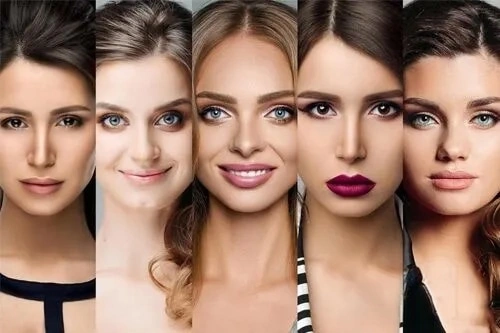
Climate Considerations
- Tropical and Humid Climates
In Southeast Asia, the Caribbean, and other tropical regions, hybrid products must withstand high humidity, heat, and frequent perspiration. This has led to innovations in:
Waterproof hybrid formulations that maintain both skincare benefits and makeup performance in humid conditions
Sebum-controlling ingredients like niacinamide and salicylic acid that help manage oil production throughout the day
Lightweight textures that don’t feel heavy or sticky in hot weather
Antifungal and antibacterial properties to prevent skin issues common in humid climates
- Dry and Arid Climates
Desert regions and areas with low humidity require hybrid products with enhanced moisturizing properties:
Intensive hydration formulas featuring hyaluronic acid, glycerin, and ceramides
Barrier-strengthening ingredients that protect against environmental damage
Anti-inflammatory components to soothe skin irritated by dry conditions
SPF integration to protect against intense UV exposure
- Cold and Harsh Climates
Northern European and Canadian markets have driven innovation in hybrid products that protect against cold weather:
Cold-weather resistant formulations that don’t crack or flake in low temperatures
Vitamin-enriched formulas to combat the effects of reduced sunlight
Barrier repair ingredients to address skin damage from harsh winds and heating systems
Richer textures that provide adequate moisture without compromising coverage
Regulatory Variations
- United States: FDA Classification Challenges
The FDA classifies products as either cosmetics or drugs based on their intended use and claims. Hybrid products that make both cosmetic and therapeutic claims face complex regulatory requirements:
Cosmetic claims (enhancing appearance) fall under lighter regulations
Drug claims (treating skin conditions) require extensive testing and approval
Combination products may need to meet both sets of requirements
Labeling restrictions limit what brands can claim about therapeutic benefits
- European Union: Comprehensive Safety Standards
The EU’s cosmetics regulation is more stringent than many other regions:
Ingredient safety assessments required for all cosmetic ingredients
Notification requirements for products before market entry
Restriction lists for certain ingredients that may be allowed elsewhere
Claims substantiation requirements for marketing statements
- Asia-Pacific: Diverse Regulatory Landscapes
Each country in the region has unique requirements:
China: Mandatory animal testing for certain imported cosmetics (though recent changes allow alternatives for some products)
South Korea: K-Beauty regulations emphasizing safety and efficacy
Japan: Quasi-drug category for products with mild therapeutic benefits
Australia: Therapeutic Goods Administration oversight for products making health claims
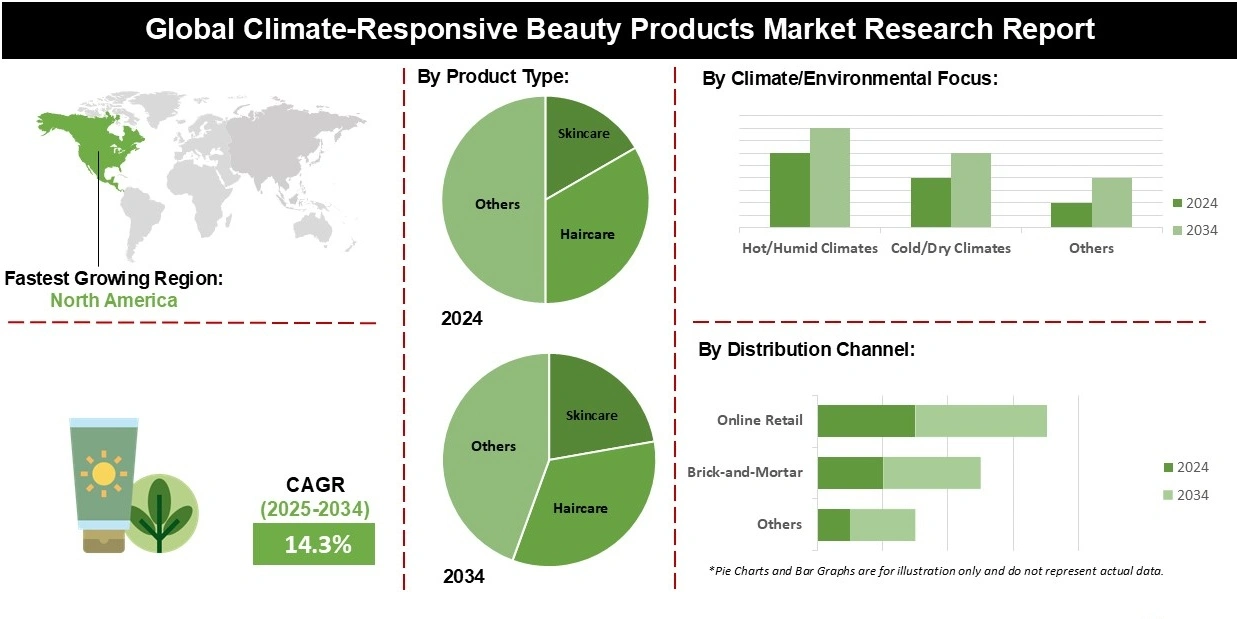
Local Brand Innovations
- Korean Innovation: Cushion Foundations and Sleeping Masks
Korean brands have pioneered several hybrid product categories:
Cushion foundations that combine skincare benefits with portable, mess-free application
Sleeping masks that work as both nighttime skincare and subtle skin tone correction
Essences with color that provide hydration and slight tinting
Lip tints that condition lips while providing long-lasting color
- Japanese Precision: Texture Innovation
Japanese brands excel at creating unique textures and application methods:
Gel-cream foundations that transform upon application
Mist foundations that provide even coverage with skincare benefits
Solid balms that melt into hybrid face color and treatment
Precision applicators for targeted hybrid treatments
- Indian Ayurvedic Integration
Indian brands have successfully integrated traditional Ayurvedic ingredients into modern hybrid formulations:
Turmeric-infused foundations that provide anti-inflammatory benefits
Neem-based blemish treatments with coverage properties
Sandalwood cooling products for hot climate use
Henna-derived natural colorants in hybrid lip and cheek products
- Brazilian Tropical Adaptations
Brazilian brands have developed hybrid products specifically for tropical climates:
Açaí-enriched formulas with antioxidant properties
Coconut oil-based products that provide moisture and sun protection
Waterproof hybrid tints for beach and humid weather use
Natural clay foundations that absorb excess oil while treating skin
- Scandinavian Minimalism
Nordic brands emphasize clean, minimal formulations:
Bi-phase products that combine oil and water phases for dual benefits
Concentrated formulas that provide maximum efficacy in minimal packaging
Light-reflecting particles that enhance natural skin luminosity
Cold-processed ingredients that maintain maximum potency
Cultural Adaptation Strategies
Understanding Local Beauty Rituals
Successful hybrid products must align with existing beauty rituals and cultural practices:
Morning vs. evening routines vary significantly across cultures
Application methods preferred by different regions
Ingredient preferences based on traditional medicine and cultural beliefs
Packaging expectations that reflect local aesthetic preferences
Addressing Cultural Sensitivities
Brands must navigate cultural sensitivities around:
Skin tone representation in product development and marketing
Religious considerations regarding certain ingredients or practices
Gender norms that may influence product positioning
Economic factors that affect accessibility and pricing strategies
Regional Success Factors
The most successful hybrid products in different regions share common characteristics:
Cultural relevance in addressing local beauty concerns
Climate appropriateness for environmental conditions
Regulatory compliance with local requirements
Local ingredient integration that resonates with consumers
Appropriate pricing for regional economic conditions
Future Global Trends
Emerging Markets
Developing markets present significant opportunities for hybrid product growth:
Rising middle-class populations seeking premium beauty solutions
Increased smartphone penetration enabling e-commerce growth
Growing beauty consciousness in previously underserved markets
Local manufacturing capabilities reducing costs and improving access
Technology Integration
Global trends toward technology integration include:
AI-powered shade matching for diverse skin tones
Climate-adaptive formulations that respond to environmental conditions
Personalized products based on individual skin analysis
Sustainable innovations addressing global environmental concerns
Cross-Cultural Exchange
The global beauty industry increasingly benefits from cross-cultural innovation:
Ingredient exchange between traditional and modern beauty practices
Texture innovations spreading across different markets
Application techniques adapted from various cultural traditions
Packaging solutions that address different regional needs
The global landscape of skincare-makeup hybrids reflects the rich diversity of human beauty practices while pointing toward a future where cultural exchange and technological innovation create products that serve diverse needs while respecting local preferences and traditions. Understanding these regional differences is essential for both brands seeking global expansion and consumers interested in exploring beauty innovations from around the world.
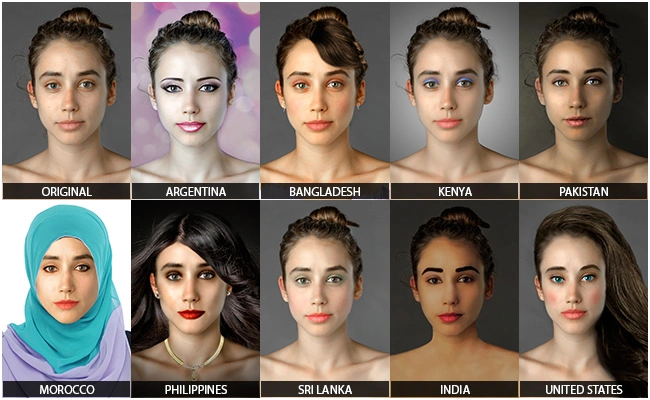
The Future of Hybrid Beauty Products
The future of skincare-makeup hybrids appears bright, with continued innovation expected in both formulation technology and product applications. The diversity of cosmetic products for mature skin and the use of various and innovative active ingredients supporting their anti-aging effect represent ample proof that the cosmetic industry is continuously evolving.
Emerging technologies are expected to further enhance the capabilities of hybrid products. Advances in nanotechnology, microencapsulation, and delivery systems will enable the creation of even more sophisticated formulations that can deliver targeted benefits with improved efficacy. The integration of smart ingredients that can respond to environmental conditions or skin needs represents an exciting frontier for future product development.
The personalization trend is also expected to play a significant role in the future of hybrid products. As technology advances, we can expect to see more customized formulations that are tailored to individual skin types, concerns, and preferences. This level of personalization will likely be enabled by advances in skin analysis technology and AI-driven formulation systems.
Regulatory Considerations and Quality Standards
The development and marketing of skincare-makeup hybrids must navigate complex regulatory landscapes that vary by region and product claims. Products that make both cosmetic and therapeutic claims may face additional scrutiny and testing requirements. The preparation of self-preserving personal care cosmetic products using multifunctional ingredients requires careful attention to safety and efficacy standards.
Quality control and testing protocols for hybrid products must address both their cosmetic and skincare functions. This includes stability testing, safety assessments, and efficacy studies that can substantiate claims about both aesthetic and therapeutic benefits. The development of standardized testing methods for hybrid products remains an ongoing challenge for the industry.
Brands must also navigate the complex landscape of marketing claims, ensuring that their communications about product benefits are accurate and substantiated. This requires ongoing investment in research and development to support product claims and maintain consumer trust.
Industry Impact and Market Transformation
The rise of skincare-makeup hybrids has had a profound impact on the beauty industry, influencing everything from product development to retail strategies. Brands have had to adapt their research and development processes to accommodate the unique requirements of hybrid formulations, often requiring collaboration between traditionally separate skincare and makeup development teams.
The retail landscape has also evolved to accommodate these hybrid products, with many retailers creating dedicated sections for multifunctional products or reorganizing their stores to reflect the blurred lines between categories. This has required new approaches to product merchandising and consumer education at the point of sale.
The success of hybrid products has also influenced competitive dynamics within the beauty industry. Brands that have successfully launched hybrid products have often gained market share and consumer loyalty, while those that have been slow to adapt have faced increased competition. This has accelerated innovation across the industry as brands seek to develop their own hybrid offerings.
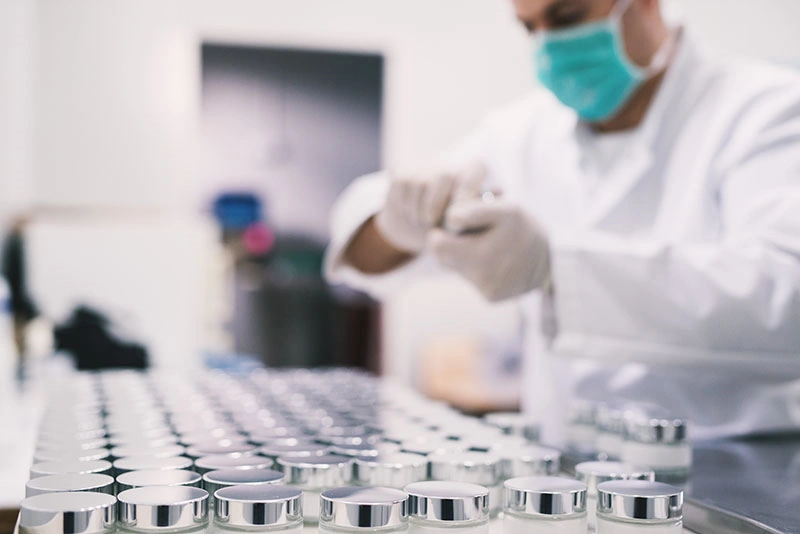
Conclusion
The convergence of skincare and makeup represents a fundamental shift in the beauty industry that reflects changing consumer preferences, technological capabilities, and our evolving understanding of skin health. The development of effective skincare-makeup hybrids has required significant innovation in formulation science, ingredient technology, and product development processes.
The success of these hybrid products demonstrates that consumers are ready to embrace multifunctional beauty products that deliver both aesthetic enhancement and therapeutic benefits. As the technology continues to advance and consumer understanding grows, we can expect to see even more sophisticated hybrid formulations that blur the lines between skincare and makeup.
The future of beauty lies in this integration of function and beauty, where products serve multiple purposes while maintaining high standards of performance and safety. The skincare-makeup hybrid category has established itself as more than just a trend—it represents the future of beauty product development, where the focus is on enhancing natural beauty while promoting skin health.
This evolution benefits consumers by simplifying routines, reducing product usage, and providing better value through multifunctional formulations. For the industry, it represents an opportunity to innovate, differentiate, and meet the evolving needs of increasingly sophisticated consumers who demand both efficacy and convenience from their beauty products.
As we look toward the future, the continued development of skincare-makeup hybrids will likely be driven by advances in ingredient technology, personalization capabilities, and our growing understanding of skin biology. The result will be products that not only make us look better but also contribute to long-term skin health—truly representing the best of both worlds in beauty innovation.

